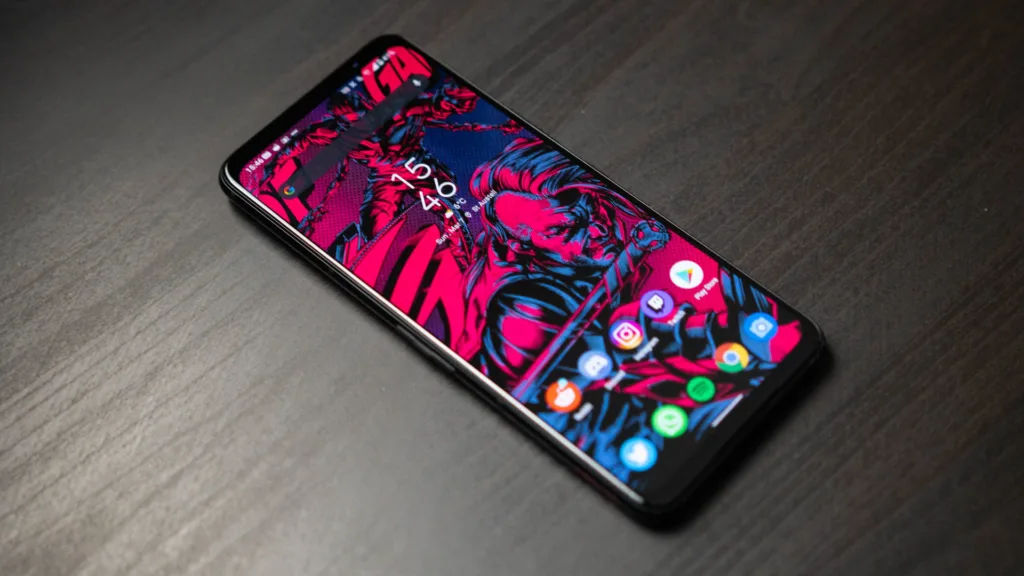Picking Your Pixel Playground: Demystifying Mobile Phone Display
Our smartphones, those trusty pocket portals, are extensions of ourselves, windows to the world, and gateways to digital galaxies. And at the heart of this experience lies the display, the canvas where information dances, memories unfold, and emotions flicker.
But fear not, intrepid explorers! In this guide, we’ll untangle the tech jargon and illuminate the diverse landscape of mobile phone displays, empowering you to pick the perfect panel for your mobile life.
TFT LCD: The Familiar Friend:
For years, liquid crystal displays (LCDs) have dominated the market, like a comfortable pair of jeans you know inside and out. Thin Film Transistor (TFT) LCDs, in particular, boast vibrant colors, wide viewing angles, and decent power efficiency.
Read More
10 Best Mobile Phones In The World December 2023
They’re like the reliable roommate who’s always up for a movie marathon without draining the budget. However, compared to newer models, LCDs can be a bit bulky, and their blacks lack the punch of a champion boxer.
AMOLED: The Eye-Feasting King
For those who crave a visual feast, Organic Light-Emitting Diode (AMOLED) displays reign supreme. Imagine each pixel on the screen as a tiny spotlight, conjuring breathtakingly deep blacks, vivid colors, and contrast ratios that make images practically leap off the screen.
It’s like watching a movie in a velvet-lined theater, with every detail popping like popcorn kernels. But remember, this brilliance comes at a cost. AMOLEDs are often pricier than their LCD counterparts, and like a friend who loves candlelight, they can be susceptible to screen burn-in under prolonged static images.
OLED: Striking the Sweet Spot:
Bridging the gap between LCD and AMOLED is organic light-emitting diode (OLED) technology. Think of it as the cool cousin of AMOLED, offering superior contrast and vibrant colors at a slightly lower price. OLED panels are also thinner and lighter, contributing to a sleeker phone design.
They’re like the friend who loves all the fun of a party but prefers a slightly less extravagant venue. However, OLEDs lack the perfect blacks and infinite contrast of true AMOLED, and their power consumption can be a bit higher.
IPS LCD: Sharing the Screen Without Sacrifice:
For those who love sharing their screens with the world, in-plane switching (IPS) LCD technology comes to the rescue. Unlike standard LCDs, IPS panels offer much wider viewing angles, ensuring vibrant colors and clear visibility even when viewed at an angle.
It’s like having a TV that everyone can enjoy, no matter where they’re sitting. However, IPS LCDs still carry the limitations of traditional LCDs, with lower contrast ratios and slightly thicker bezels.
LTPS IPS LCD Display: Speeding Up the Canvas:
Low-Temperature Poly-Silicon (LTPS) technology takes IPS LCDs to the next level. Imagine this as an IPS panel on a caffeine kick, boasting faster pixel response times for smoother visuals and improved touch responsiveness.
It’s perfect for gamers and users who demand top-notch performance, like the friend who always wins at ping pong. However, LTPS IPS displays are slightly more expensive than standard IPS LCDs and offer only marginal improvements in other areas.
Beyond the Tech Specs: Choosing Your Display Sweet Spot
While technical specifications are important, choosing the right display ultimately comes down to your unique needs and preferences. Consider these factors:
- Budget: AMOLED displays offer the best visual experience but come at a premium. LCDs are a more affordable option, while OLED provides a good balance between cost and performance.
- Viewing Habits: If you often share your screen or watch movies with friends, an IPS LCD is a good choice due to its wide viewing angles.
- Usage Patterns: Gamers and heavy users might benefit from the faster response times of LTPS IPS or AMOLED displays.
- Battery Life: OLED displays tend to be less power-efficient than LCDs, which may be a concern for heavy users.
- Sunlight Readability: Some LCD panels offer better outdoor visibility than AMOLED displays.
Emerging Technologies: A Glimpse into the Future of Display
The world of mobile displays is constantly evolving, like a chameleon changing colors. Here are some exciting technologies on the horizon:
- Foldable Displays: These flexible panels are opening up new possibilities for smartphone form factors, allowing for larger screens that fold into compact packages, like a superhero’s secret weapon.
- MicroLED Displays: Offering even better brightness, contrast, and viewing angles than AMOLED, MicroLED technology holds the potential for the ultimate mobile display experience, though it’s still in its early stages.
- Under-Display Cameras: By embedding the front-facing camera beneath the display, phone manufacturers are aiming for bezel-less screens with uninterrupted viewing experiences, like a magic trick where the camera disappears into thin air.
Share this content:

